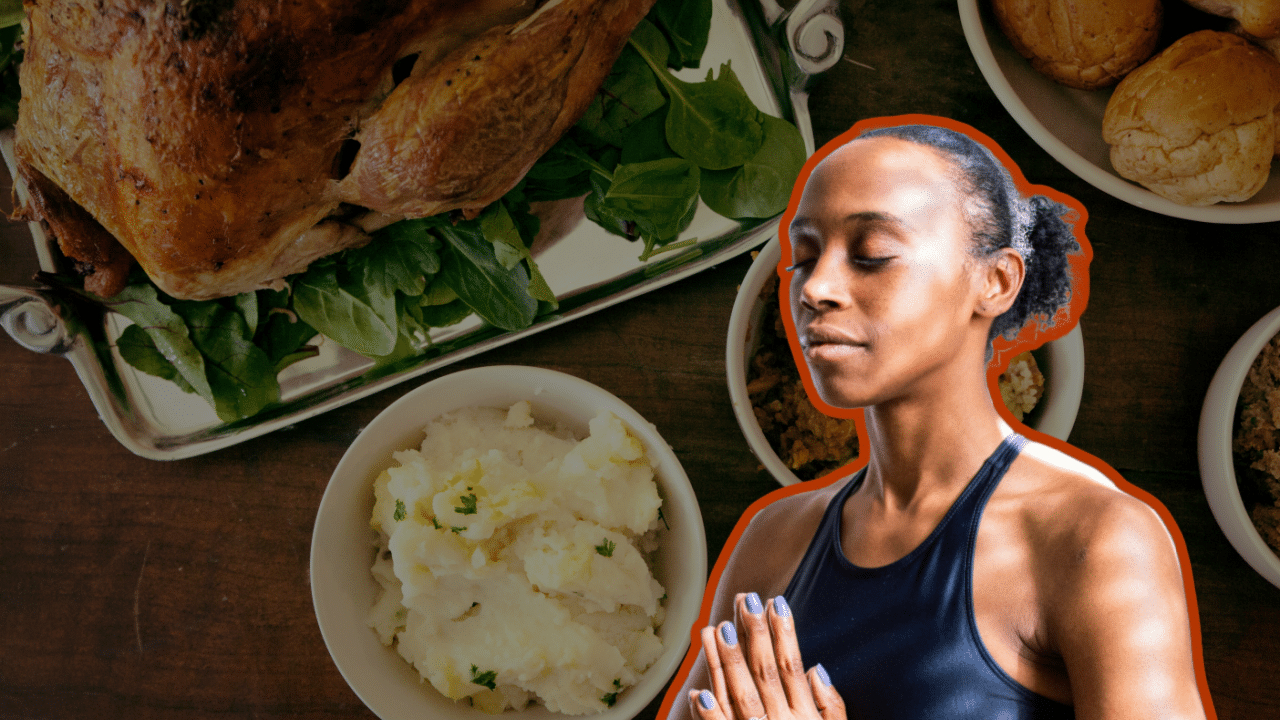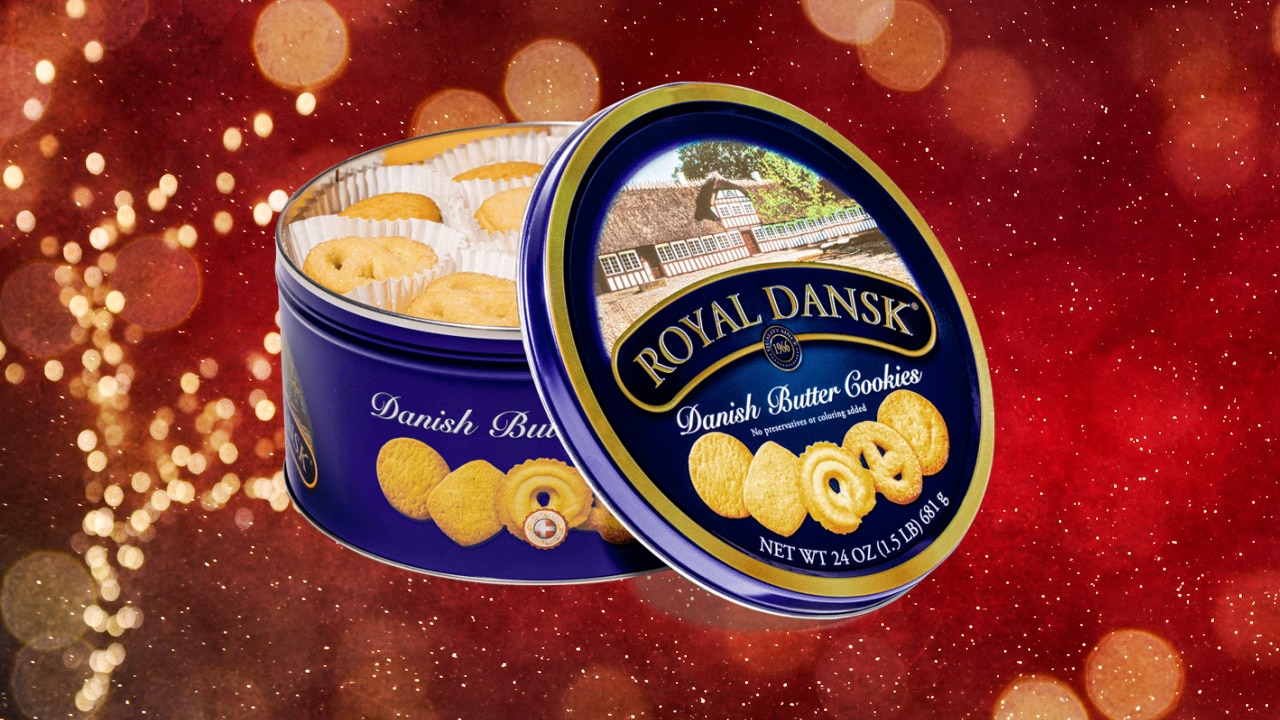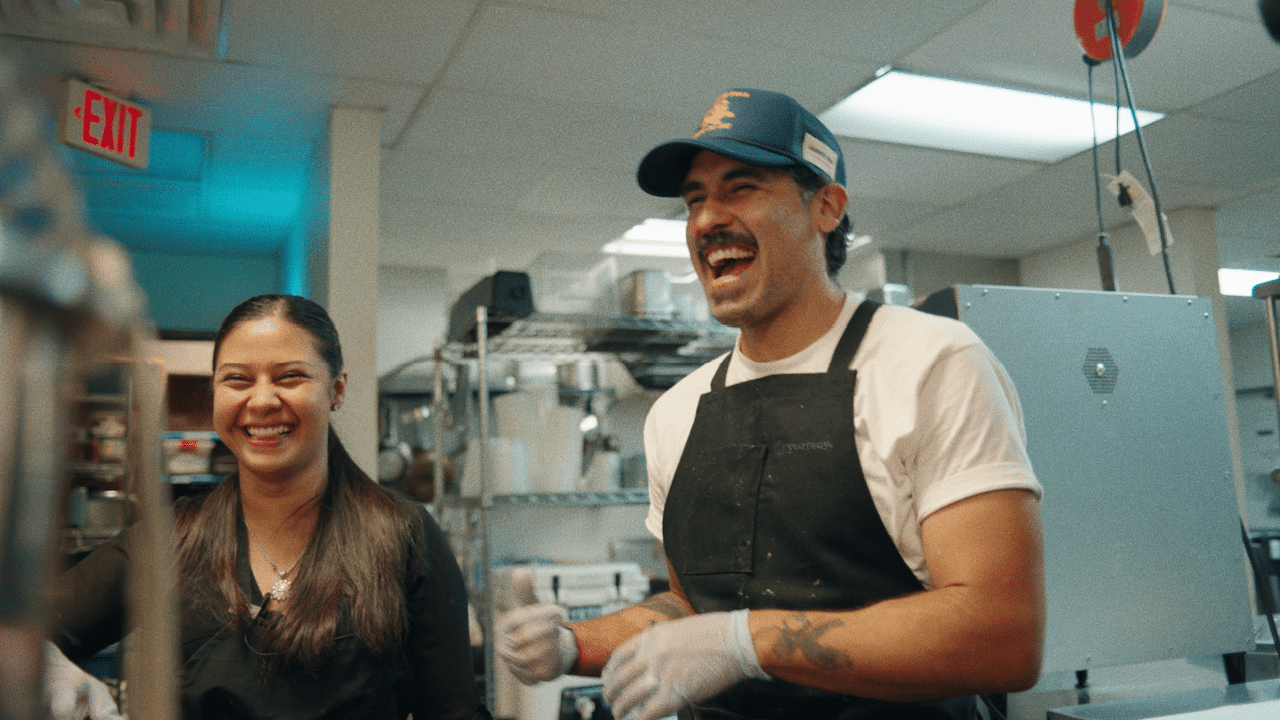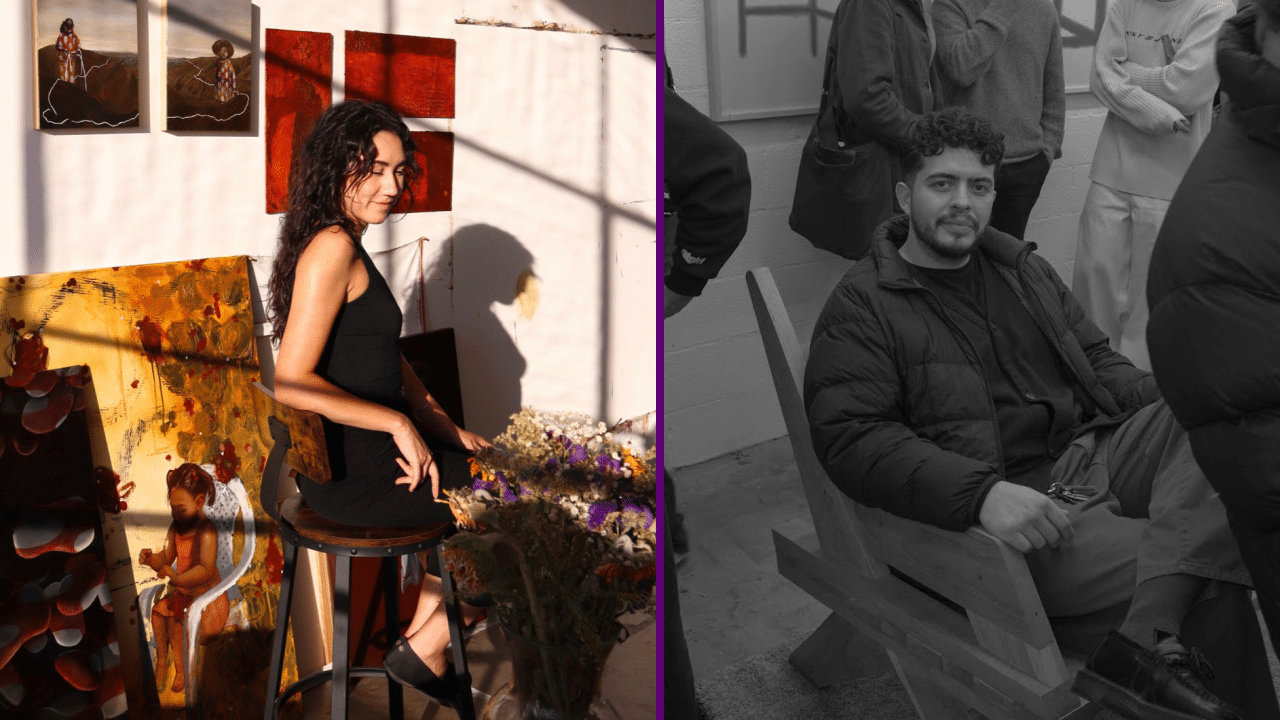Meet Santa Claus’s South Pole Primo ‘Pancho Claus’, An Iconic Mexican-American Tradition
Have you ever heard of Pancho Claus? While you may recall the 1956 classic song, “Pancho Claus” by Mexican-American “Father of Chicano Music” Lalo Guerrero, we’re talking about something different. In fact, today, Pancho Claus is a tradition largely rooted in Texas, where people dress up as Santa Claus‘s “primo” from the South Pole.
Interestingly enough, the tradition seems to stem both from Guerrero’s song and the 1970s Chicano civil rights movement. In fact, University of Houston Mexican-American studies scholar Lorenzo Cano told AP News that Pancho Claus was born out Mexican-Americans’ desire to “build a place and a space for themselves” back in the 1970s. Today, Pancho Claus is a classic December mainstay in many Texas cities, and also — to a lesser degree — in California.
So how does Santa Claus’s primo dress up? As per AP News’ report, the costume sometimes includes a Mexican sombrero or a serape. Conversely, Pancho Claus can dash through places in a zoot suit — seemingly as an homage to the Chicano Movement traced back to the 1940s. And while plain ol’ Santa Claus has reindeer to guide him through the North Pole, legend says that Pancho Claus has a herd of burros instead. A tribute to “Mi Burrito Sabanero”? We hope so.
Here is what to know about the iconic Texas Pancho Claus, icons like Houston native Richard Reyes, and how the tradition gives back to the Latino community every year.
The origin story of Pancho Claus likely began with Guerrero’s 1956 song
As aforementioned, the Pancho Claus tradition is likely rooted in Lalo Guerrero’s 1956 song. As explained by San Antonio Express-News, the iconic Chicano singer-songwriter penned the track as a parody of the classic “’Twas the Night Before Christmas” poem.
The lyrics of the classic song include, “‘Twas the night before Christmas and all through the casa, mamá she was busy preparing la masa” and “Eight cute little donkeys instead of reindeer, they pulled a carreta that was full of toys.”
Later, the track cements Pancho Claus’ origin story, even mentioning how he wears a “big sombrero”: “I am Santa’s cousin from South of the border, my name’s Pancho Claus.”
As Guerrero’s son Dan Guerrero described to San Antonio Express-News: “[Pancho Claus] is truly loved by the Mexican-American/Chicano comunidad because he exists especially for us. He sings about a tamalada.”
Later, with the rise of the Chicano civil rights movement, the Mexican-American take on Santa Claus gained traction, particularly in Texas. Today, one of the most notable figures in Pancho Claus lore is Houston, Texas-based Richard Reyes, who famously dresses up with a red and black zoot suit, and even drives a low rider “sleigh.”
Reyes once explained to Click2Houston, “People ask me all the time, is there a Santa Claus? I’m like, yes, he’s my primo. He’s my cousin.”
Reyes told Reuters that his gig as Pancho Claus results in giving thousands of presents to children in need every year — and he has been at it for decades. “Me and my friends, 40 years ago, started giving out presents to five families, ten families on Christmas Eve,” he recalled. “And now it’s grown into a monster. We’re doing about 20,000 presents this year.”
Pancho Claus is a Texas tradition that brings thousands of presents to low-income families every year
Check out this video to see Reyes in action, wearing his red zoot suit and fedora as he gives tons of presents to very-excited children. Even more, as per NTV America‘s report, Reyes’ non-profit, Pancho Claus Arts, raises “thousands of dollars every year” to donate gifts to the children of low-income families.
As one Houston woman explained to the outlet: “I would love [Reyes’] shows when I was a fifth grader in elementary school. So, every year it’s so nice and nostalgic… It brings a nostalgia to still be able to see him.” Meanwhile, another man recalled how he received a present every year from Pancho Claus while his family was “struggling at the time.”
Heartbreakingly, Click2Houston explains that Reyes got his start as Pancho Claus after his sister was killed in a drive-by shooting. After that, he took part in a community play by the Talento Bilingue de Houston group, where he starred as Pancho Claus.
Uttering the lines “Feliz Navidad todos, if you have one, I’ll ride” ever since, Reyes now explains that the play started it all for him. “[After the play], we started doing a parade and appearances,” he recalled. “And then before I knew it, my community started believing that I was truly Pancho Claus.”
While Reyes hands out presents as part of his non-profit work, he also sees the impact of Pancho Claus on the Latino community in general. “Pancho Claus, to me, represents to our children, a role model,” he told Reuters. “Somebody that even though he’s wearing a zoot suit and perhaps, you know, the stereotype, for our children, they identify [with] him.”
Other iterations of the iconic holiday figure are just as important to Texas’s Christmas traditions
However, not all Pancho Clauses wear zoot suits. In fact, as per San Antonio Express-News’ report, the Miguel Hernandez Memorial Chapter of the American GI Forum — an organization for Latino veterans — has a different take on the tradition in San Antonio, Texas every year.
In fact, this year, member Cosme Barcelo dressed up as Pancho Claus to greet children at San Antonio’s Resurrection of the Lord Catholic Church, wearing a black beard and a red, embellished sombrero.
“I think it has to do with our identity of the Mexican American community,” Barcelo explained to the outlet. While he said he has been dressing up as Santa Claus’ primo for a decade, other members have proudly worn the costume for the last 30 years.
As per Barcelo’s interview, his organization has helped an estimated 5,000 families, and brought toys to 15,000 kids (so far!). As he put it, “That’s what makes our Christmas.”
While other takes on Pancho Claus have changed the name to “Pancho Clos,” given out presents in parks and schools, or even lugged presents around in a donkey-pulled cart, one thing remains the same. It’s a tradition that has united much of Texas’s Mexican-American community every holiday season for decades— and helped thousands of children have some magic on Christmas.




